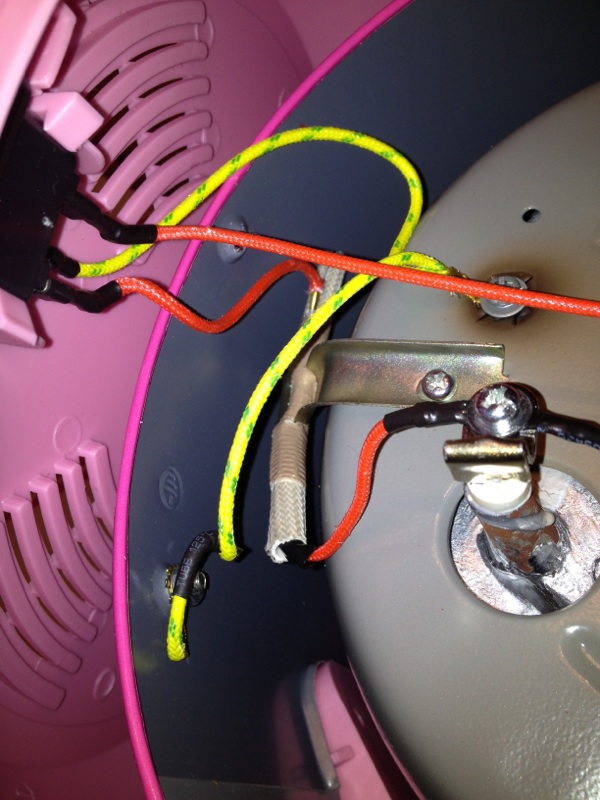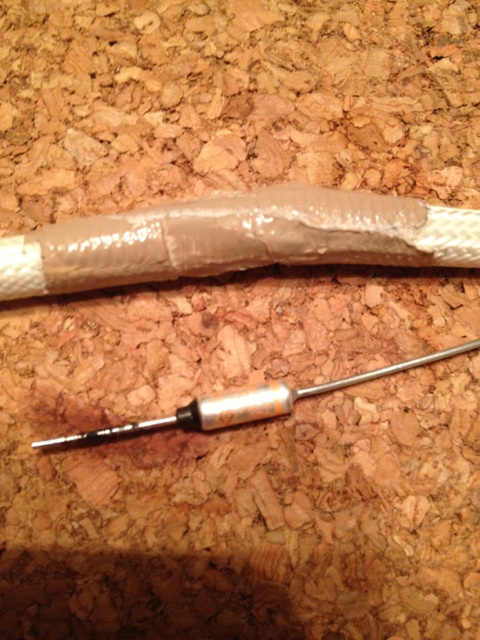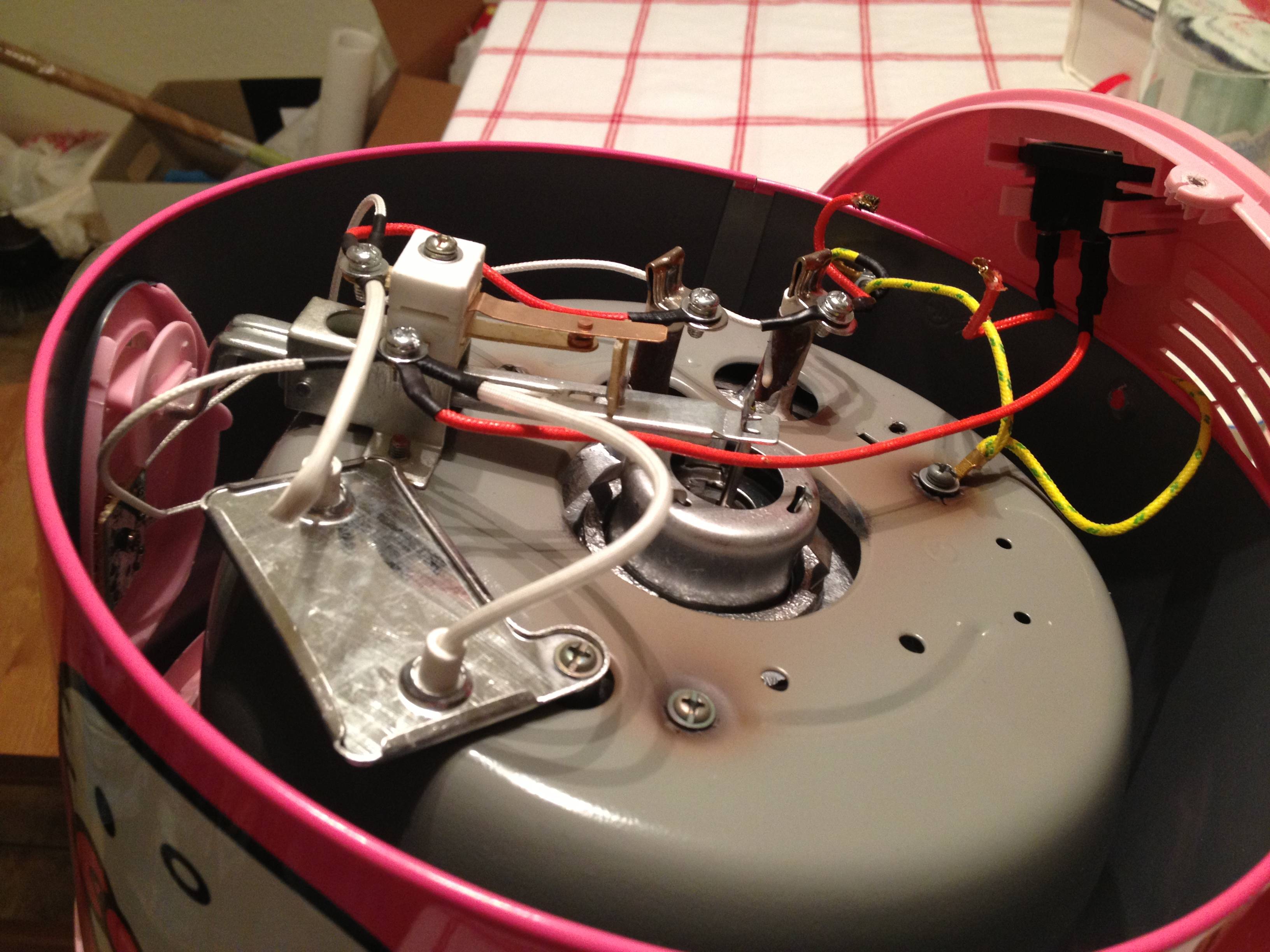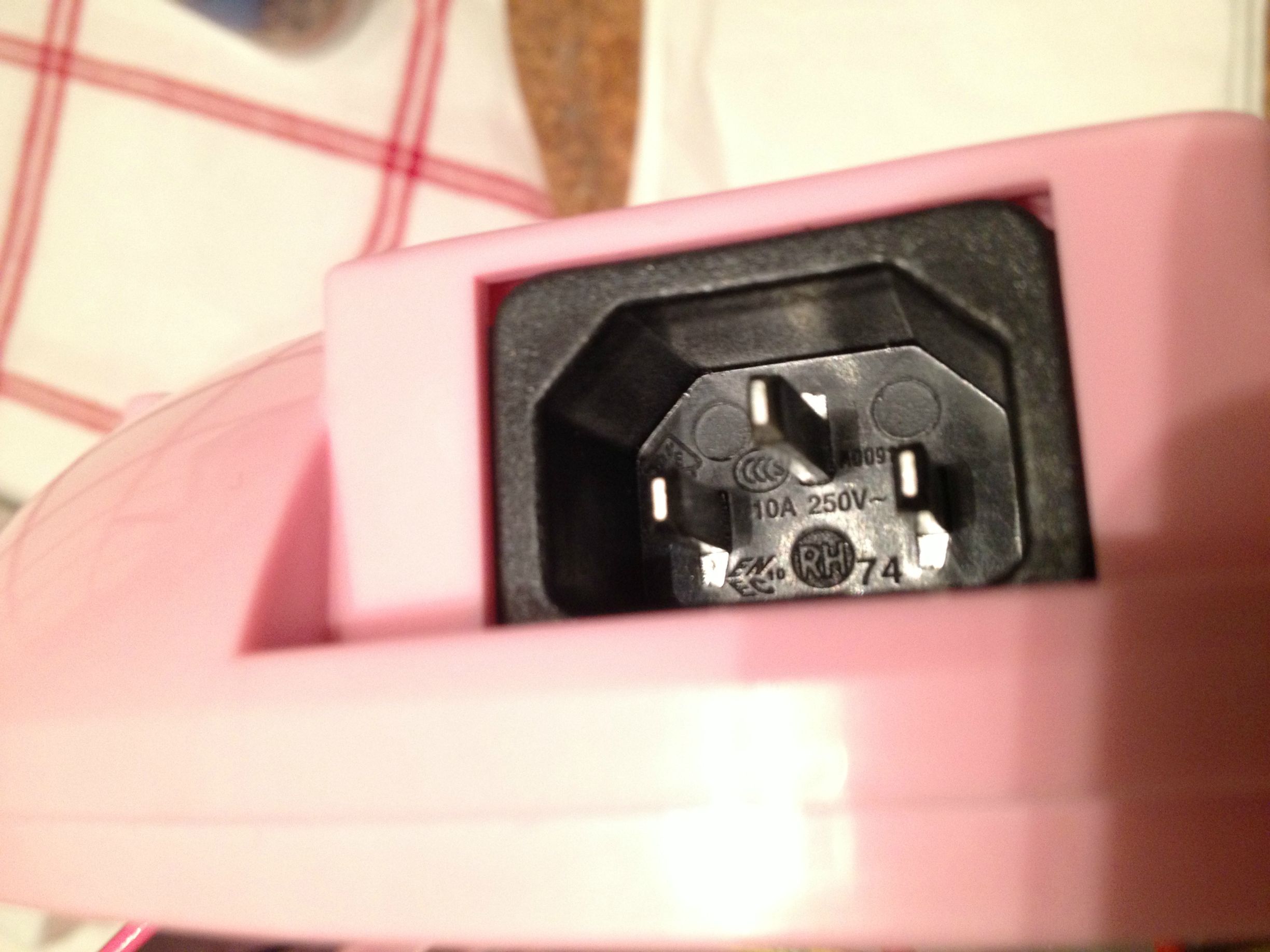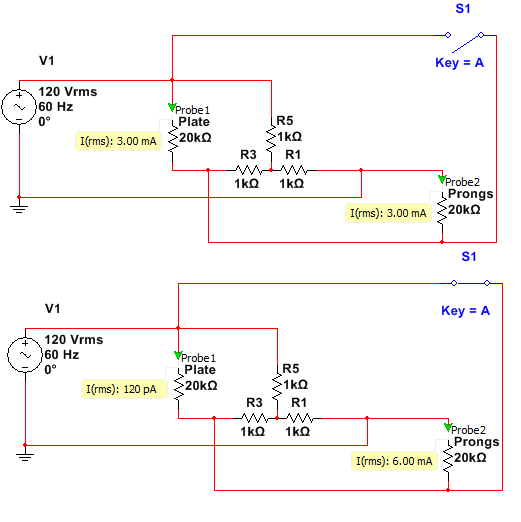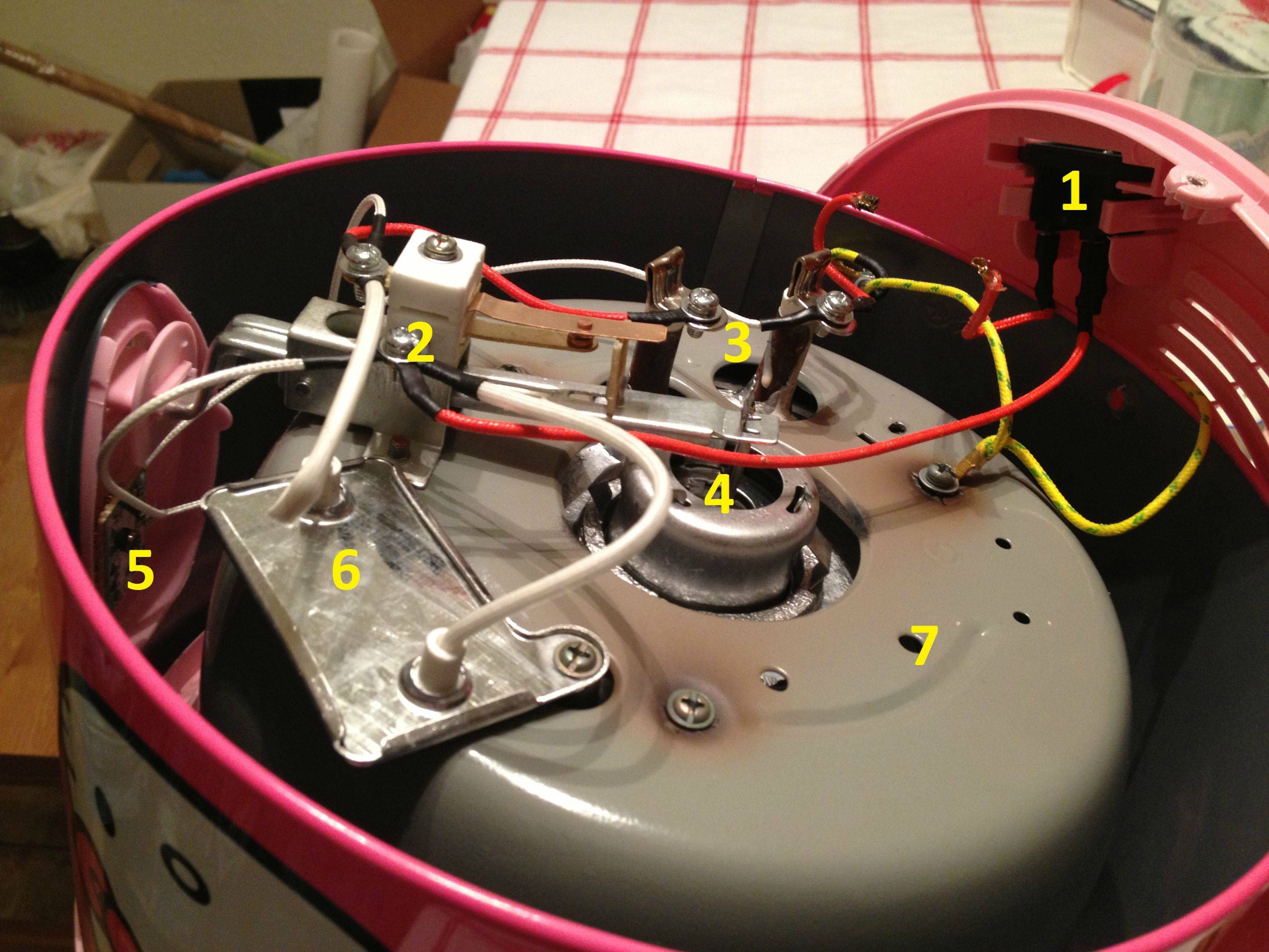Hi there, first post here. So I have this Hello Kitty rice cooker that I've only used twice, and both times it failed on me. Both times, it failed when the rice was *almost* ready - like 3 more minutes would have been perfect. The indication that the unit stopped working was that the LED lights on the front (for "Keep Warm" and "Cook") shut off. The first time it failed, I opened the unit and replaced the the thermal fuse with the same temperature rated fuse (140 Celcius) after verifying that it wasn't conductive. I haven't opened the unit after the second failure, but I suspect it's due to the same reason.
The thermal fuse is wrapped in an insulating tube, which is held away from the cooking chamber by a metal bracket. I've considered simply replacing the thermal fuse one that breaks at a higher temperature, but I feel like this might be a fire hazard. Does anyone have any ideas on what's going on or how to troubleshoot this problem safely?
Edit:
The 2nd thermal fuse is indeed non-conductive.
The thermal fuse is wrapped in an insulating tube, which is held away from the cooking chamber by a metal bracket. I've considered simply replacing the thermal fuse one that breaks at a higher temperature, but I feel like this might be a fire hazard. Does anyone have any ideas on what's going on or how to troubleshoot this problem safely?
Edit:
The 2nd thermal fuse is indeed non-conductive.
Last edited:
